Laos travel highlights
- One of Asia’s most sparsely populated countries is uniquely friendly and laid back, with an old-world feel that’s hard to find elsewhere.
- Trek mountains of dense forest and ethnic minority villages.
- Explore the mighty Mekong and Nam Ou rivers.
- The old royal capital of Luang Prabang, set on the Mekong, may well be the most the charming and serene city in the region.
- Vang Vieng, once a backpacker party haven, is reinventing itself for active travellers - cyclists, trekkers and photographers love the dramatic karst limestone mountains.
- Vientiane is the most laid back and modest capital city we know. And those two attributes make a stay of a couple of days surprisingly enjoyable.
- 4000 Islands, also known as Phan Si Don in the south of Laos, mixes the Mekong River at its most powerful with a relaxed rural scene. A delightful place.
Laos country background
It’s easy to exaggerate the similarities between the countries of the former French colonies of Indochina - Vietnam, Cambodia and Laos. All three have a deep, centuries-old dependence on one river - the Mekong. All were colonised by the French. And all removed corrupt US-backed regimes in early 1975, only to see them replaced by communist governments of varying degrees of ideological rigidity, economic incompetence and cruelty towards their own.
But for all that shared history and geography, these countries are remarkably distinct. And Laos remains the most elusive of all.
With around 7 million people spread across a land mass that is only marginally smaller than neighbouring powerhouses Thailand and Vietnam, Laos is one of the least populated countries in South East Asia, and one of the least dense too. And that population is one of the most diverse. Around 40% of Laotians hail from one more than 150 ethnic groups who speak more than 80 languages.
The Lao language and cuisine have more in common with neighbouring Thailand than with neighbours to the north, south and east.
Laos is home to some of Asia’s most beautiful and unspoiled landscapes. And it moves at a tempo far more leisurely than the three countries that jostle for influence over it - China, Vietnam and Thailand.
But a visitor’s unspoiled country may be a local’s impoverished one - and Laos is one of the poorest nations in South East Asia, sharing the lower rungs with Burma and Cambodia.
The communist government has struggled to take advantage of the regional economic boom and at times seems reluctant to try. Ironically, that reluctance may be part of the continuing and unique charm of Laos.
Laos’s small population also leaves it vulnerable to the plays of its larger more powerful neighbours who jealously eye the timber of its forests, its rich mineral resources and the incredible water and hydro-power capability of the Mekong River.
The Mekong is the lifeblood of Laos. No country’s fortunes are more closely connected to the fortunes of this great river. It will be a recurring theme in your travels.
The magic of the Mekong, has enriched the Lao countryside and provided a bountiful diet of protein-rich fish. It has also enchanted foreigners since the French first set colonial eyes on it in the second half of the 19th century.
The Mekong is now at the centre of a geo-political contest as the Thais and Chinese build dams to generate energy from its flows. Downstream, Vietnam and Cambodia have well-founded concerns that these dams may harm the Mekong flows through their countries and with it, the fertility of their crops and the river’s crucial fish bounty.
Enjoy Laos as soon as you can - it’s truly a delightful and unique country. And judging by the cranes, the Mekong dams and the geopolitical jostling, its unique old-world tranquility, probably won’t survive another decade.
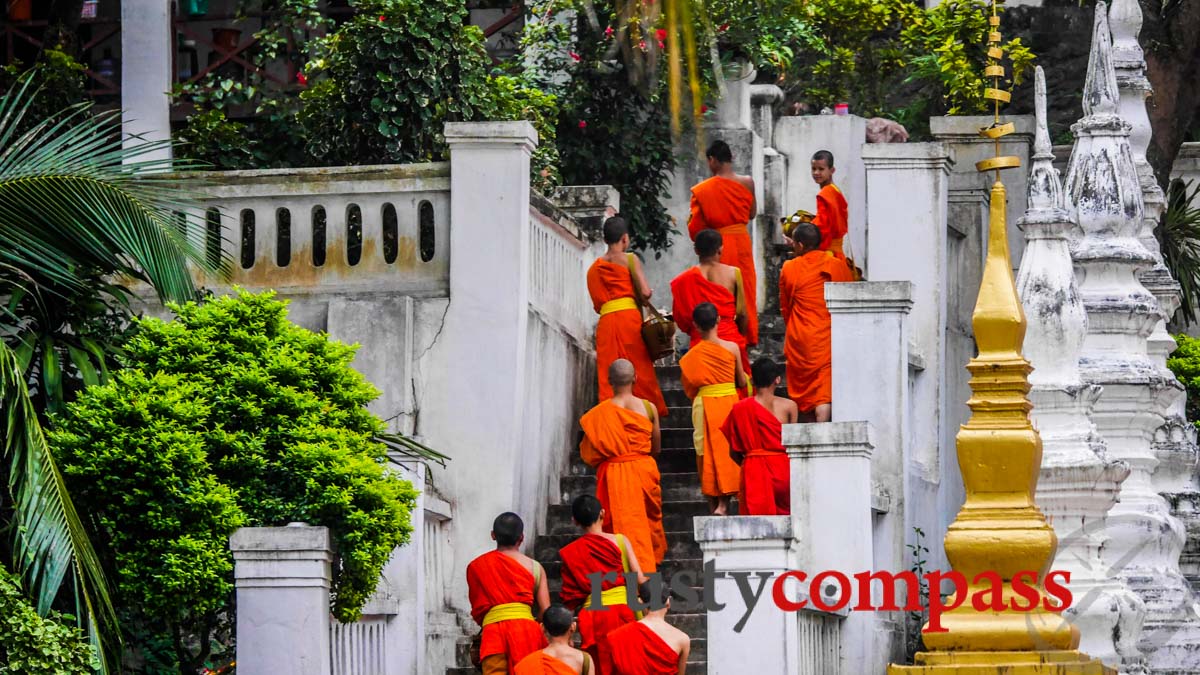
Photo: Mark Bowyer Luang Prabang, Laos
Eating in Laos
One of the first things you’re likely to notice about Lao cuisine is the overlap with familiar dishes from Thai menus. What may surprise you is that many of these dishes, like laab, originate not in Thailand but in Laos. Thailand and Laos have been exchanging territory, culture and language for centuries so it’s no surprise there’s a culinary crossover too.
Whatever the origin, Lao laab is delicious and worth making a staple of your travel diet. Sticky rice is another staple of Lao cuisine - even more so than neighbouring Vietnam, Thailand and Cambodia. It’s heavier than conventional steamed white rice and a Lao restaurant is more likely to serve up the glutinous form of rice than the steamed variety.
There are countless regional varieties of Lao cuisine as well that you’ll discover as you travel the country.
The cuisines of Laos’s other large neighbours, Vietnam and China, are also well represented across the country. Laos has long been home to ethnic Vietnamese and Chinese communities and these communities continue to grow in size - with a some very good restaurants following on.
Major tourist and business centres like Vientiane and Luang Prabang are also home to some excellent international restaurants. Outside of these major centres, travellers seeking out the flavours of home may have to be satisfied with backpacker fare like burgers, pizzas and ham sandwiches.
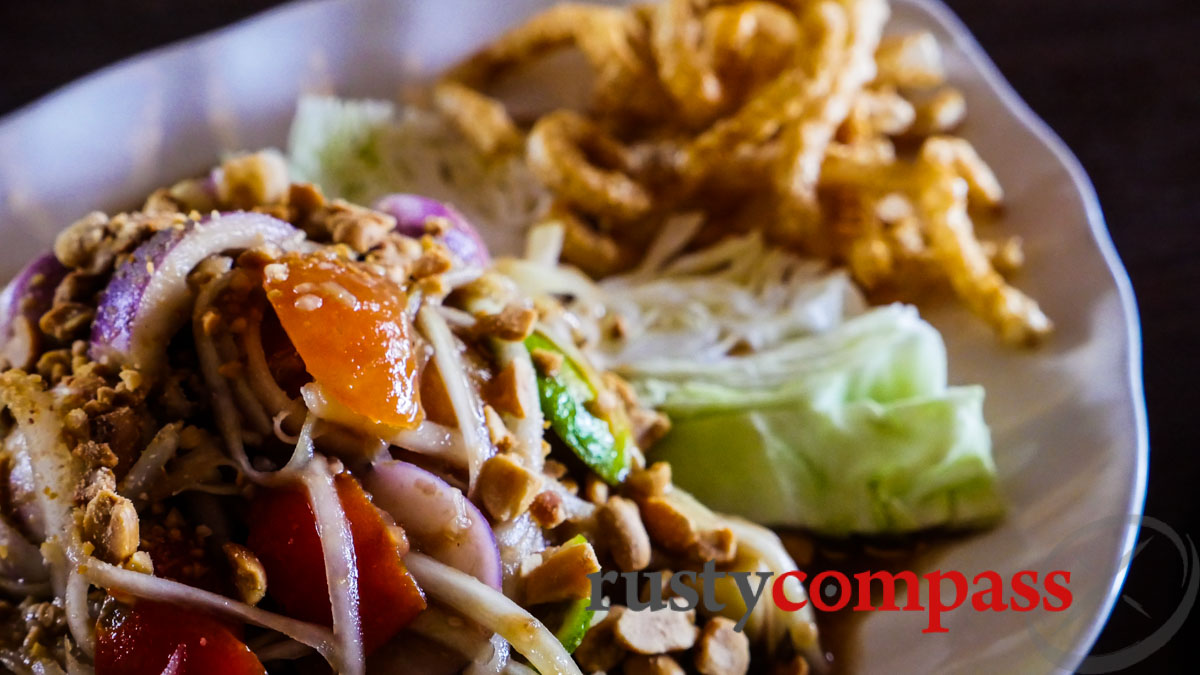
Photo: Mark Bowyer Local flavours, Luang Prabang
Things to see and do in Laos
Laos is one of the most naturally beautiful countries in Asia. Its relatively low population and low population density has meant that huge tracts of the country have survived with little obvious human intervention.
In recent decades logging, dams and mining have all taken a toll - but for now at least, with a few exceptions, travellers can still entertain the illusion that they’re travelling in something of a natural paradise.
So for those travelling extensively through the country, rivers, trekking, cycling and walking will be highlights.
Since most travellers confine their Laos travels to Luang Prabang , Vang Vieng and Vientiane, the country’s devout Buddhist heritage as well as its relatively brief encounter with French colonialism, are also likely to figure in your experience of the country.
Southern Laos, especially the 4000 islands area is another delight.
Wherever you go, the simple warm welcome of the locals will be a highlight, as will the laid back and relaxed feel of the cities and towns.
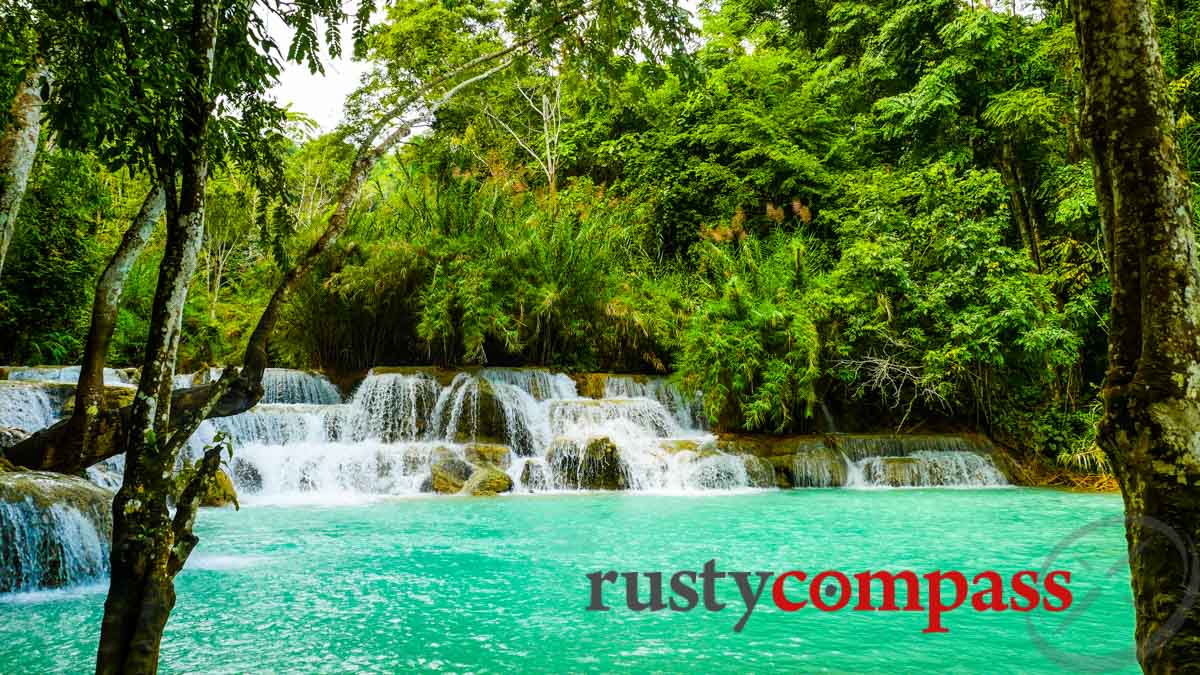
Photo: Mark Bowyer Kuang Si Falls, outside Luang Prabang, Laos
Hotels in Laos
The global hotel brands may not be very conspicuous in Laos but there is a vibrant industry of small tasteful accommodations throughout the country. There are many wonderful places to stay that are comfortable enough and still have lots local charm.
Luang Prabang has an extensive range of luxury hotels from some of the region’s leading resort operators. Elsewhere, accommodations tend to be locally owned.
With the exception of the 5 star resorts, service and English language standards are lower than in neighbouring countries.
We have selected our favourite guest houses, hotels and resorts in each town.
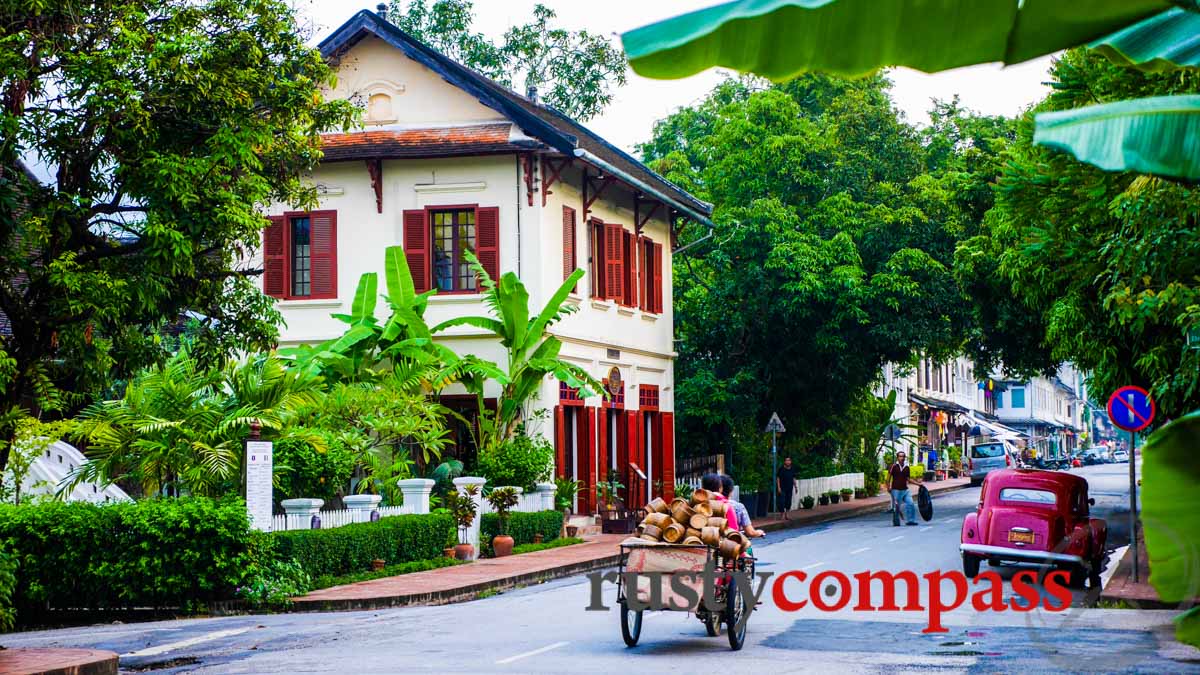
Photo: Mark Bowyer Colonial era hotel - Luang Prabang, Laos
Weather in Laos - best time to go
The most popular time for travel in Laos is between October and February. The weather is mainly dry at these times and cooler too.
From March, temperatures begin to rise and peak in April when it’s very hot. Wet season rains don't usually cool things off until May.
Northern Laos around Luang Prabang has distinct seasons and can be cool in winter. Further south, temperature variations are less pronounced.
Slash and burn farming can make the air hazy between February and May. Things are less picturesque at this time.
If you don’t mind a little heat and humidity, the wet season months between July and September are less busy with tourists and the landscapes are lush and beautiful.
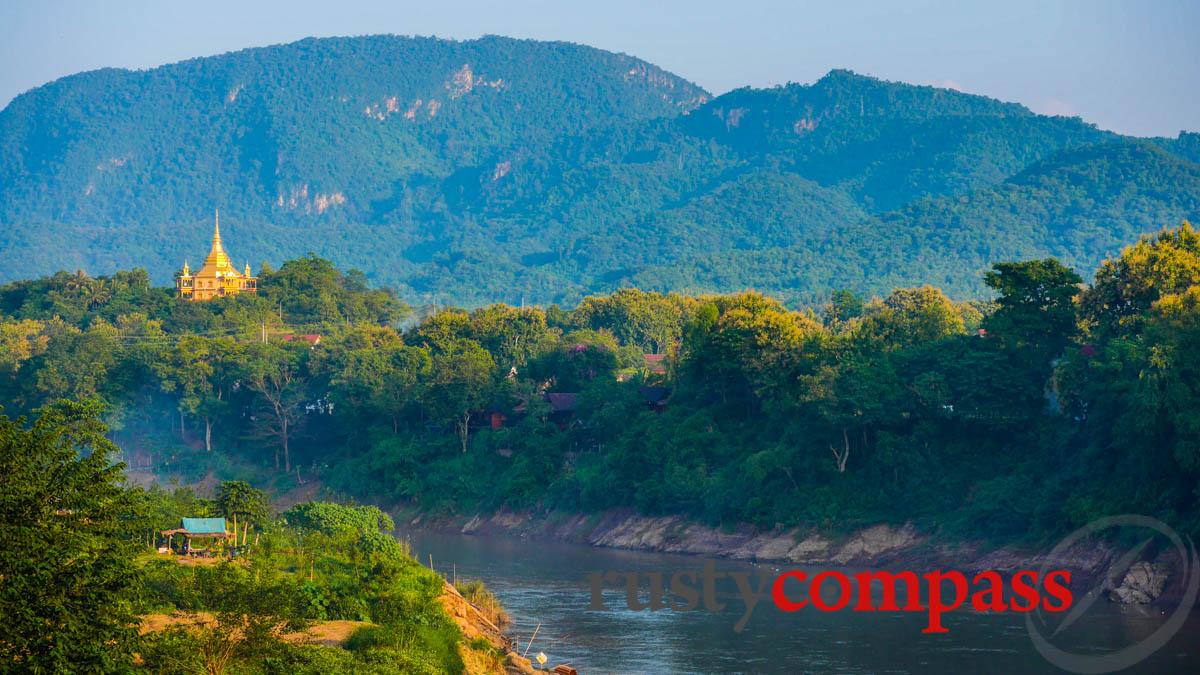
Photo: Mark Bowyer Luang Prabang, Laos

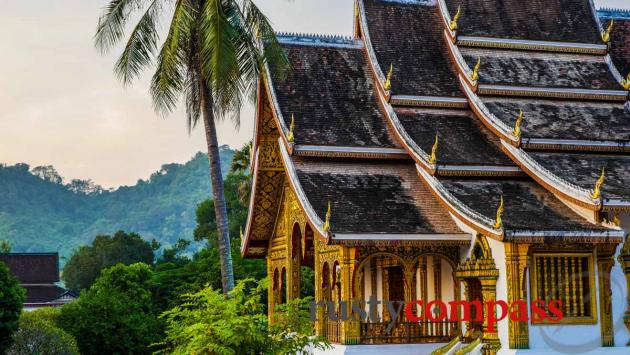
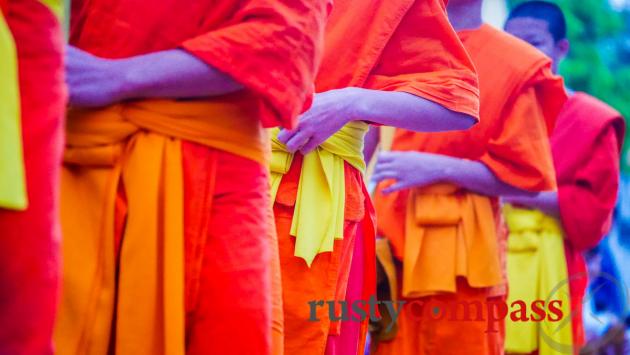
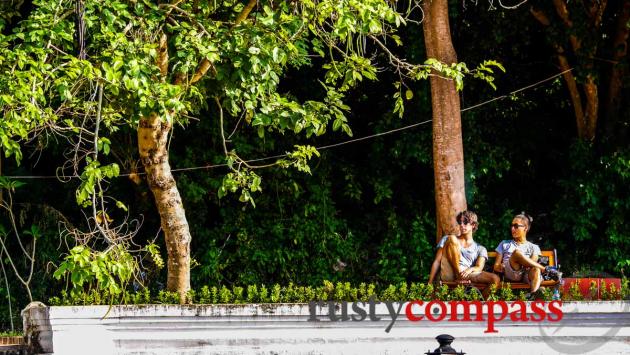
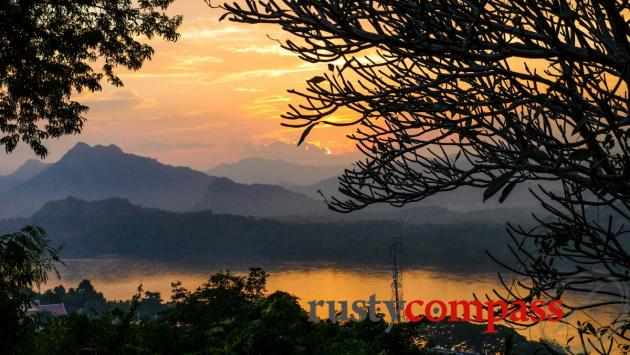
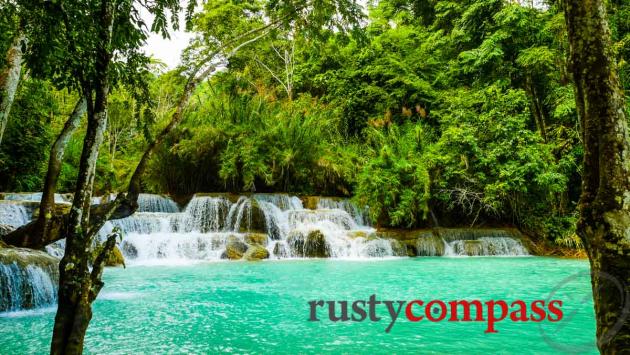
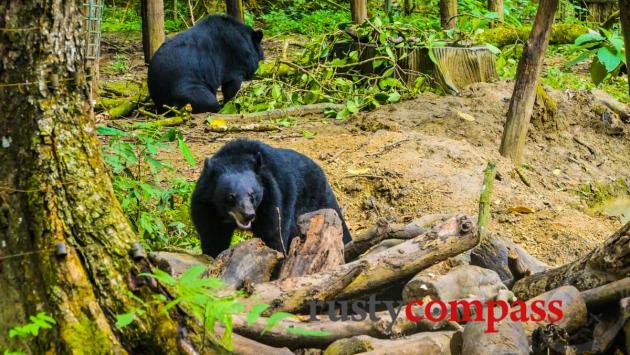
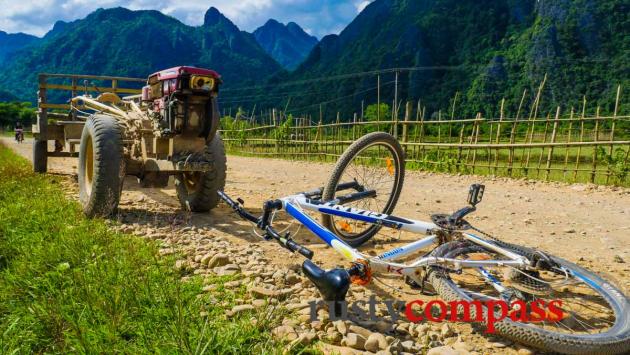
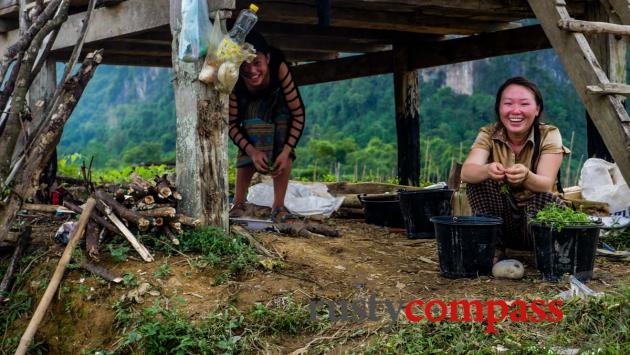
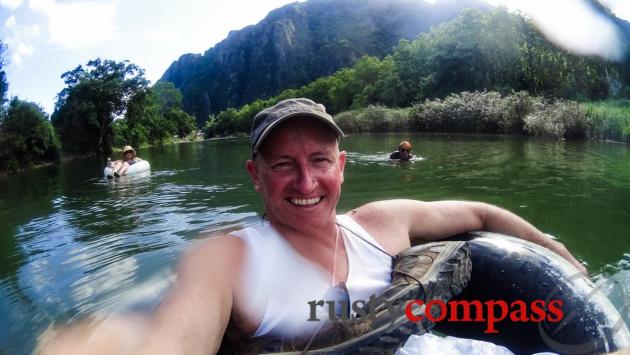
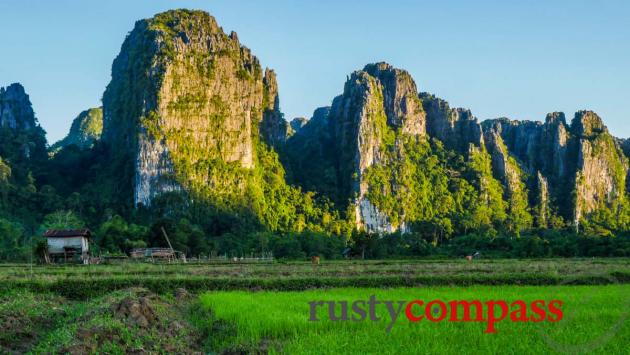
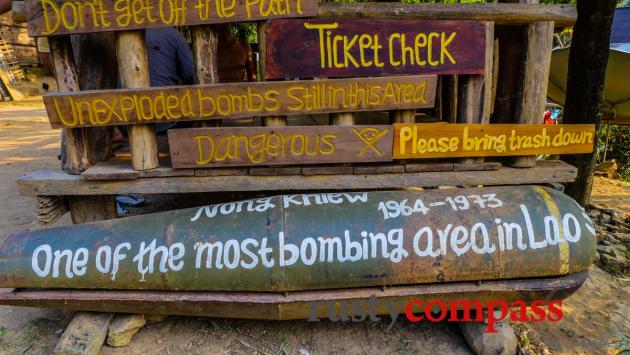
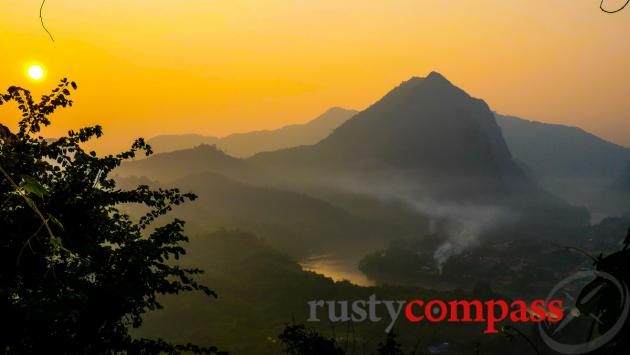
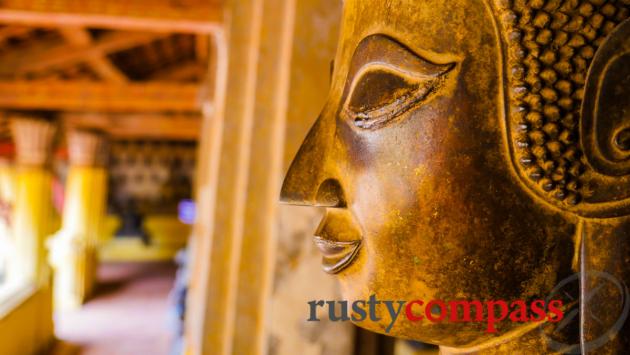
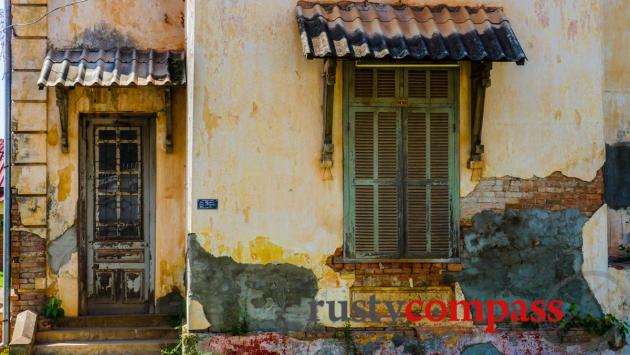
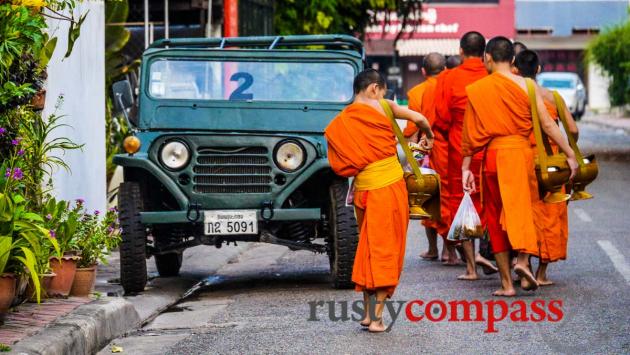
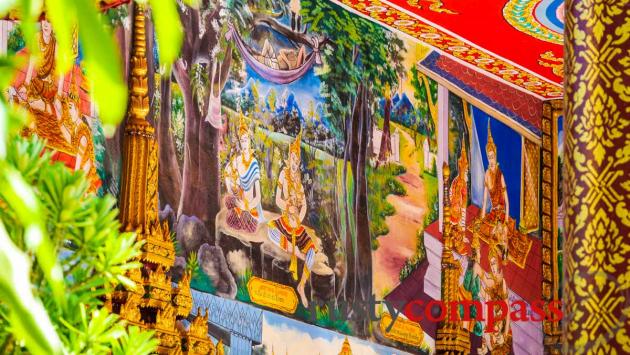
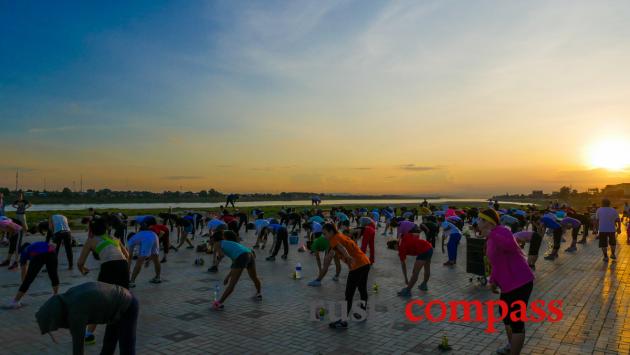
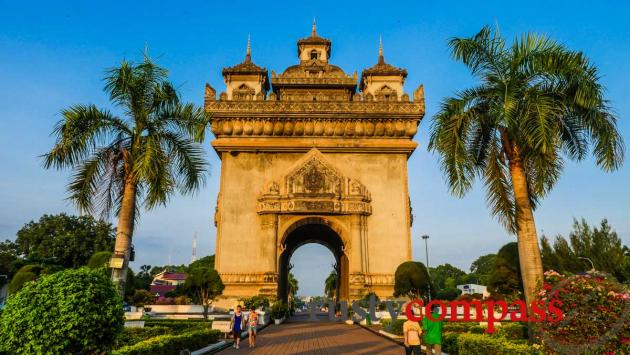
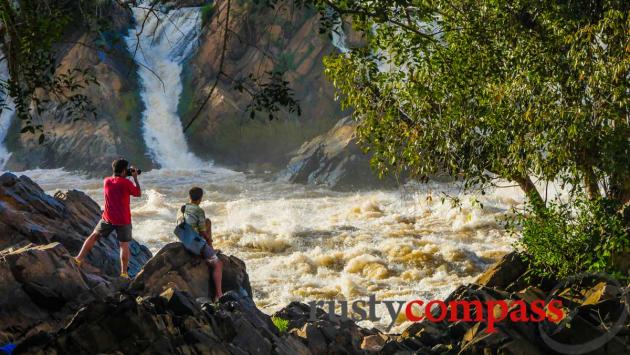
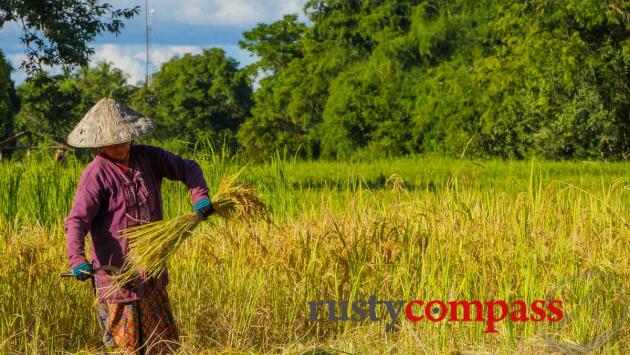
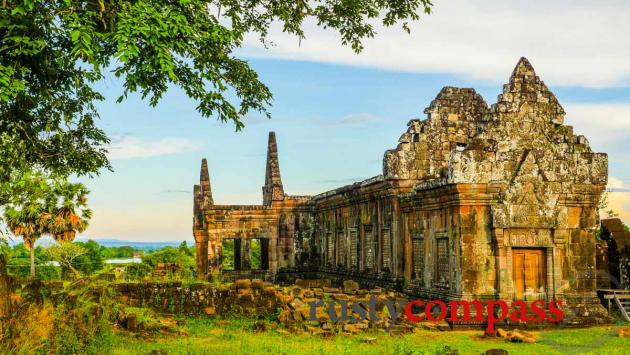
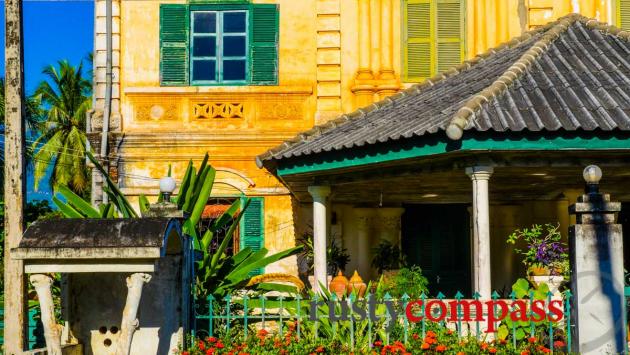
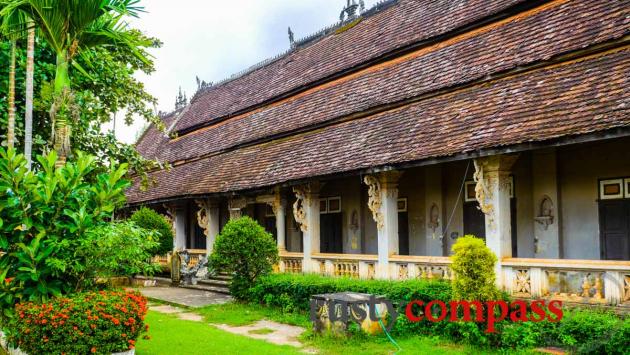
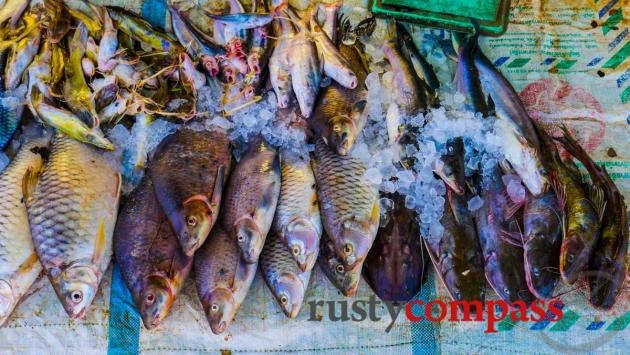
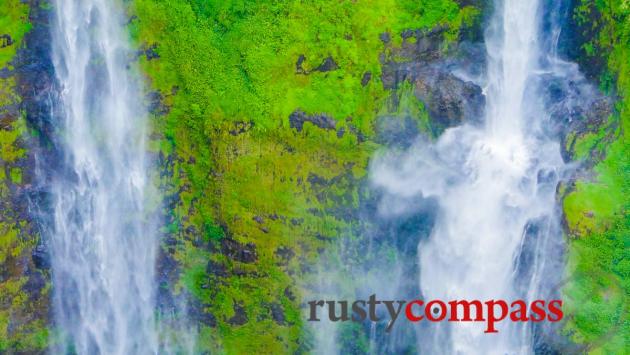
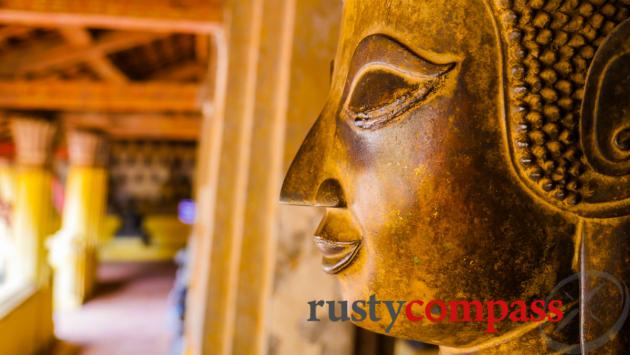
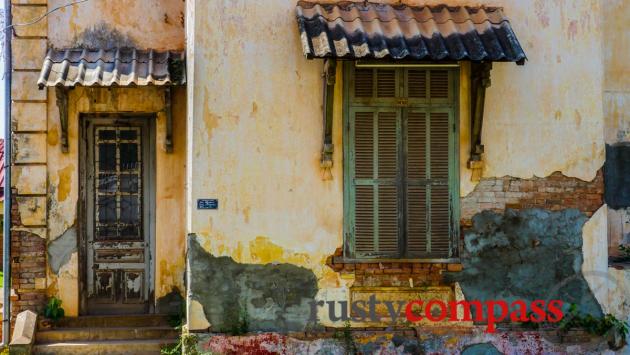
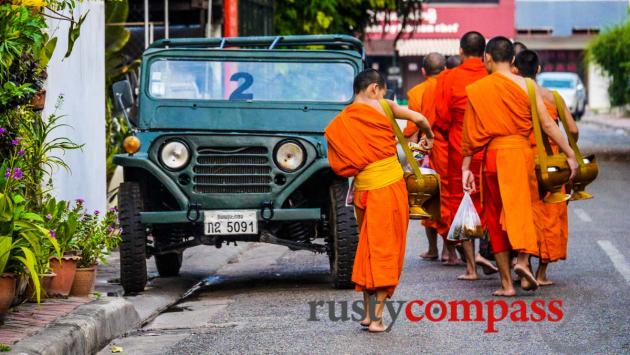
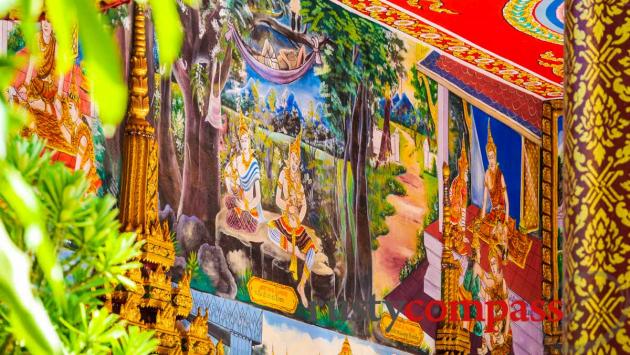
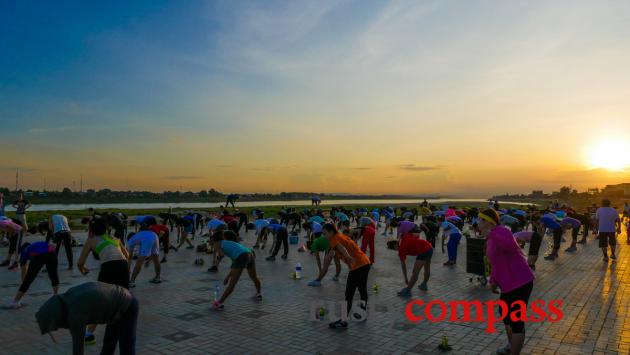
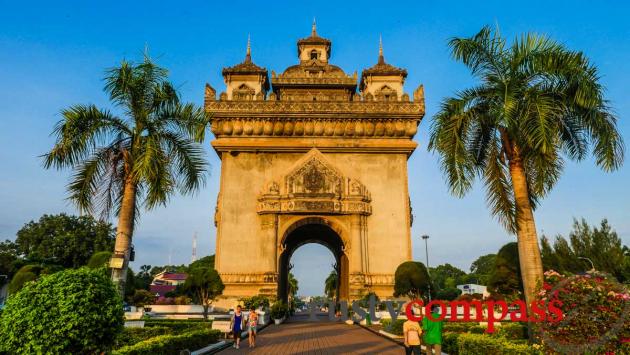
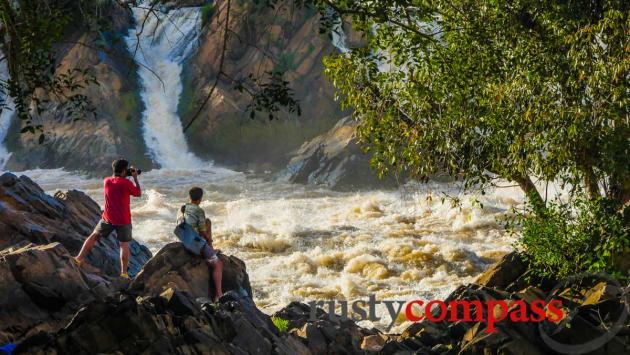
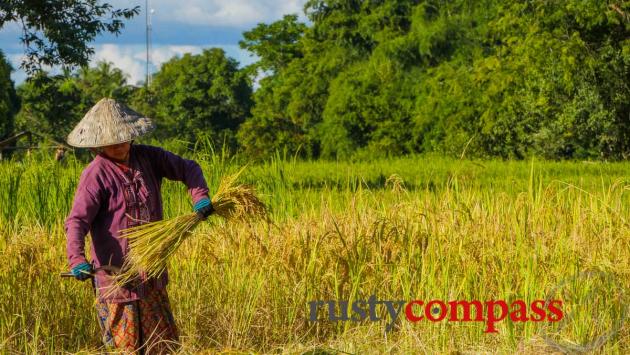
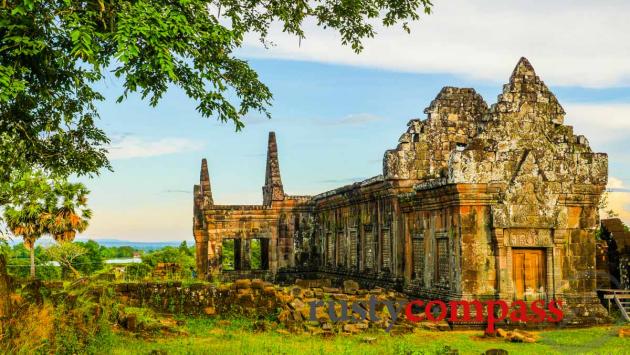
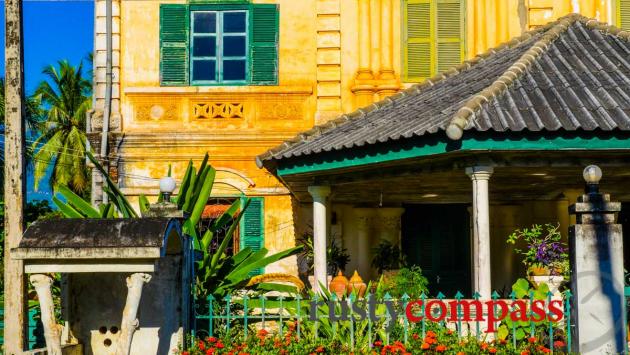
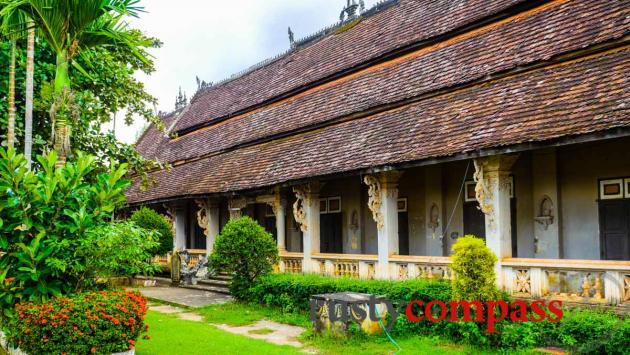
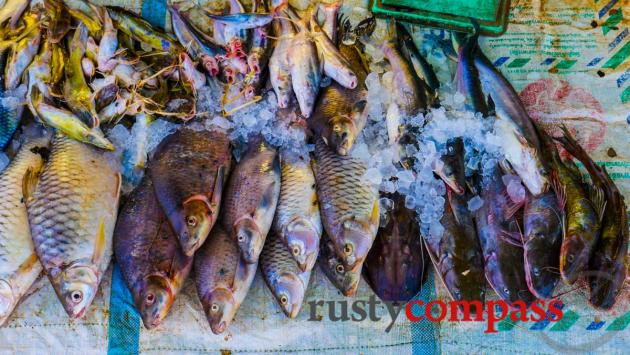
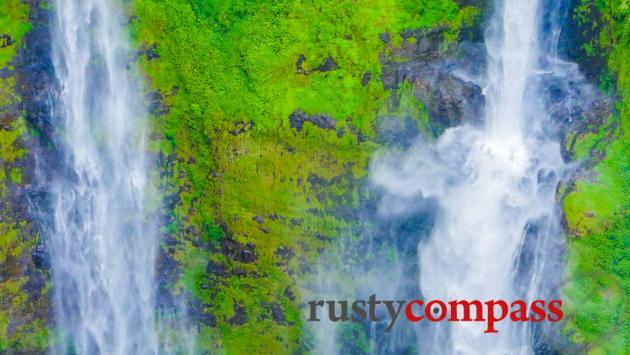




Twitter: @rustycompass
Rusty Compass is an independent travel guide. We’re focused on providing you with quality, unbiased, travel information. That means we don't receive payments in exchange for listings and mostly pay our own way. We’d like tourism to be a positive economic, environmental and cultural force and we believe travellers deserve disclosure from publishers. Spread the word about Rusty Compass, and if you're in Saigon, pop in to The Old Compass Cafe and say hi. It’s our home right downtown on Pasteur St. You can also check out our unique tours of Ho Chi Minh City and Sydney at www.oldcompasstravel.com Make a financial contribution using the link below. Even small amounts make a difference. Thanks and travel well!